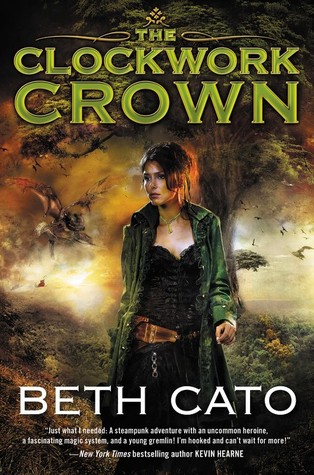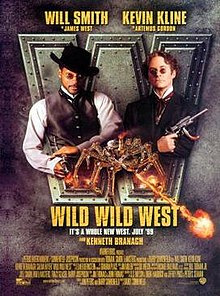THE AWESOMENESS OF HOME by Beth Cato
I grew up near a naval air station in the smack dab middle of California. My mom told me, "Never date a sailor. If you marry him, you'll end up living far away." As it so happens, I met a man when I was just shy of turning nineteen; we fell in love; my parents approved of him; THEN he joined the United States Navy.
My mom's early warning was apt. During my husband's Navy years, we lived in South Carolina and Washington state, and we have now been civilians in Arizona for nine years. I have been away from my hometown of Hanford, California, for sixteen years, but a deep sense of homesickness has not abated.
Sure, there is a lot to complain about when it comes to California, especially my part of the state. I'm from the Great San Joaquin Valley, hundreds of miles of some of the richest, most diverse agricultural land in the world. It also ranks among the worst in the world as far as air pollution; in the summer, smog smothers the valley in murky brown. Many people are poor, working class. The racial divides are clear and tragic. Unemployment remains at a steady high.
But it's still home. My home. If my husband could find a job there, I'd move back in a heartbeat. As it is now, I'm lucky to make the long drive back once or twice a year. I delight in the faint yet bold wall of the Sierra Nevada Mountains in the distance. I smile as we drive past row after row of walnut trees, orange groves, and raisin grape vineyards. I delight at the sight of lush fields of corn, and even the fragrant clusters of dairies.
I can't go back often. I can't live there. So I do what any writer does: I live vicariously. I write myself back home.
My new novel Breath of Earth isn't set in the San Joaquin Valley, but it's close: San Francisco. My version of 1906 features not-so-mythological creatures, geomancers who harvest the overflowing energy of the earth, and airships that traverse the skies. My heroine, Ingrid Carmichael, doesn't look like me in the slightest. We have different skin tones, cultures, and histories, but we do have a major thing in common: a fierce love and longing for our homes.
Home is awesome. A shared home in California, even more so. We both have roots in the central part of the state. We appreciate the diversity of our neighbors. Our home cities are a few hundred miles apart, but that's not far at all in the scheme of things.
The beauty of being a writer is that I can imagine myself into far away realms. Sure, I would love to see castles and moonscapes and alien civilizations, but when it comes down to it, most of all, I want to be home.
My house, husband, son, and cat may be in Arizona, but the home of my heart is some 500 miles northwest. For all its flaws, Hanford is an awesome place. No matter how many years I live away, it remains part of me, and will continue to inspire my writing . . . and a lot of homesickness, too.
You can find Beth's books here: Amazon: https://www.amazon.com/Beth-Cato/e/B006S84MNO
And here: http://www.barnesandnoble.com/w/breath-of-earth-beth-cato/1122785052;jsessionid=890BB5DEF8138CDC71875B7AAF03D71E.prodny_store01-atgap02?ean=9780062422064











